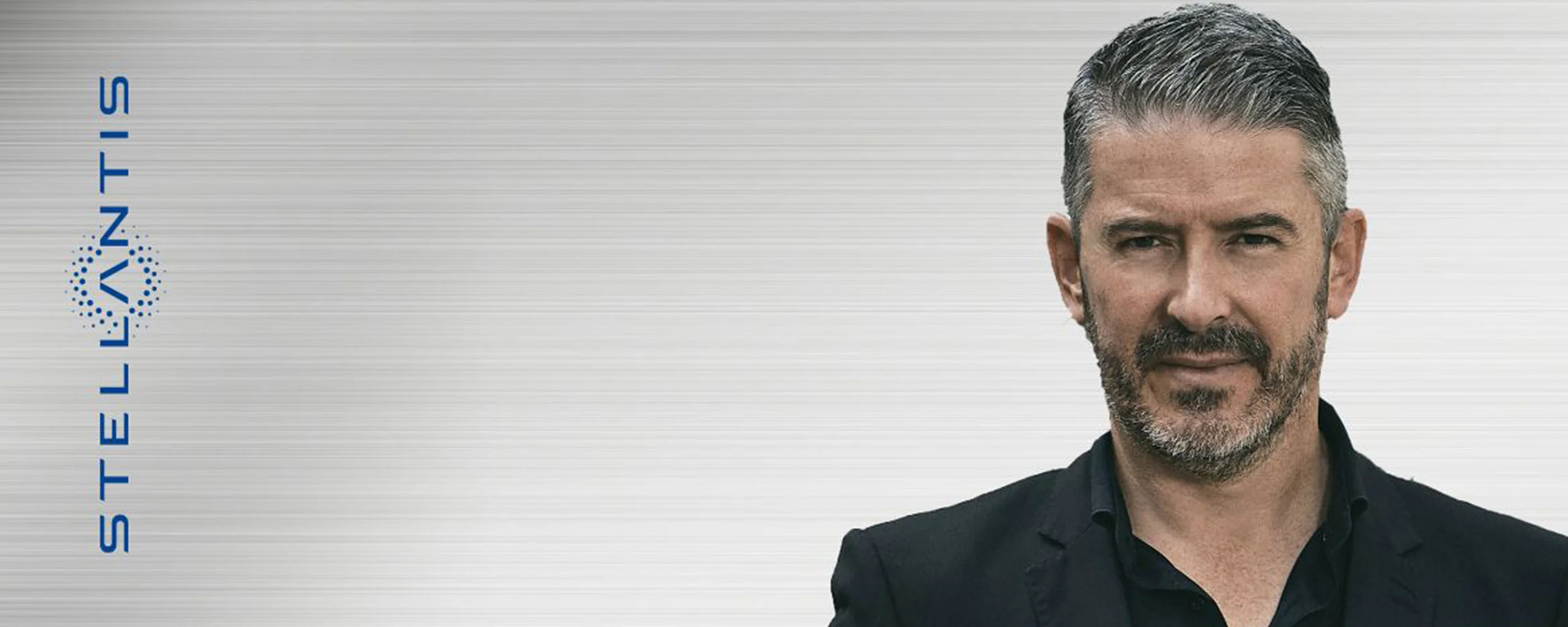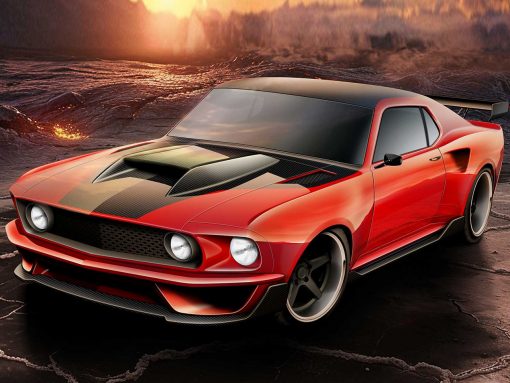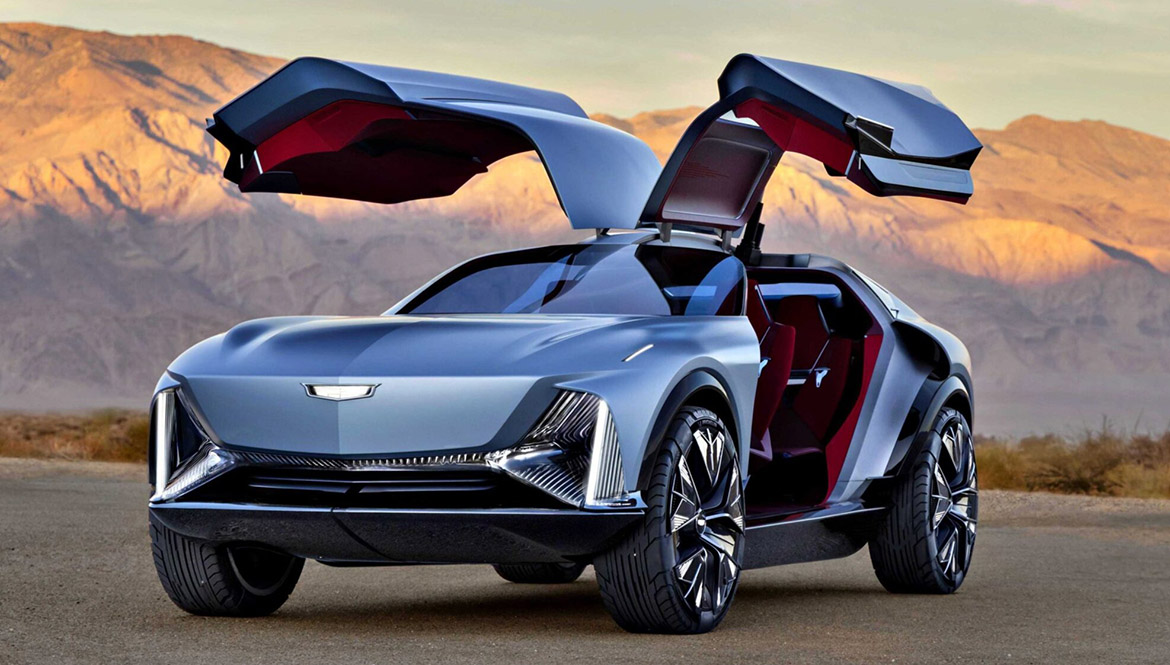Stellantis has announced the appointment of Gilles Vidal as Head of Design for its European brands, effective October 1, replacing Jean-Pierre Ploué. This strategic move comes at a significant moment for the automotive industry and marks a return to familiar territory for Vidal, who will now oversee the creative direction of Stellantis’ marques, from city cars to light commercial vehicles, across Peugeot, Citroën, DS, Opel, Fiat, Alfa Romeo, Abarth, and Lancia.
The decision is a major blow to Renault. Following the recent departure of CEO Luca de Meo, the company will end 2025 facing another loss as Gilles Vidal steps down as Renault’s Head of Design to rejoin Stellantis. Five years after leaving Peugeot for Renault, Vidal’s move is seen as a strategic coup for Stellantis—either a calculated recapture in an ongoing design talent war or a call for reinforcement at a time when Stellantis is focused on redefining its European design identity.
Vidal’s track record speaks for itself. He began his career at Citroën in 1996 before taking over Peugeot design in 2010, where he initiated one of the most celebrated style revolutions in recent automotive history. Under his leadership, Peugeot abandoned conservative forms for bold, angular surfaces, clean volumes, and refined proportions. This shift gave birth to some of the most iconic models of the decade, such as the Peugeot 208, a compact hatch with a sculpted, muscular stance, claw-inspired LED signatures, and an innovative interior anchored by the i-Cockpit layout with its 3D digital cluster. The e-208 variant became Peugeot’s first serious electric contender without sacrificing design elegance.
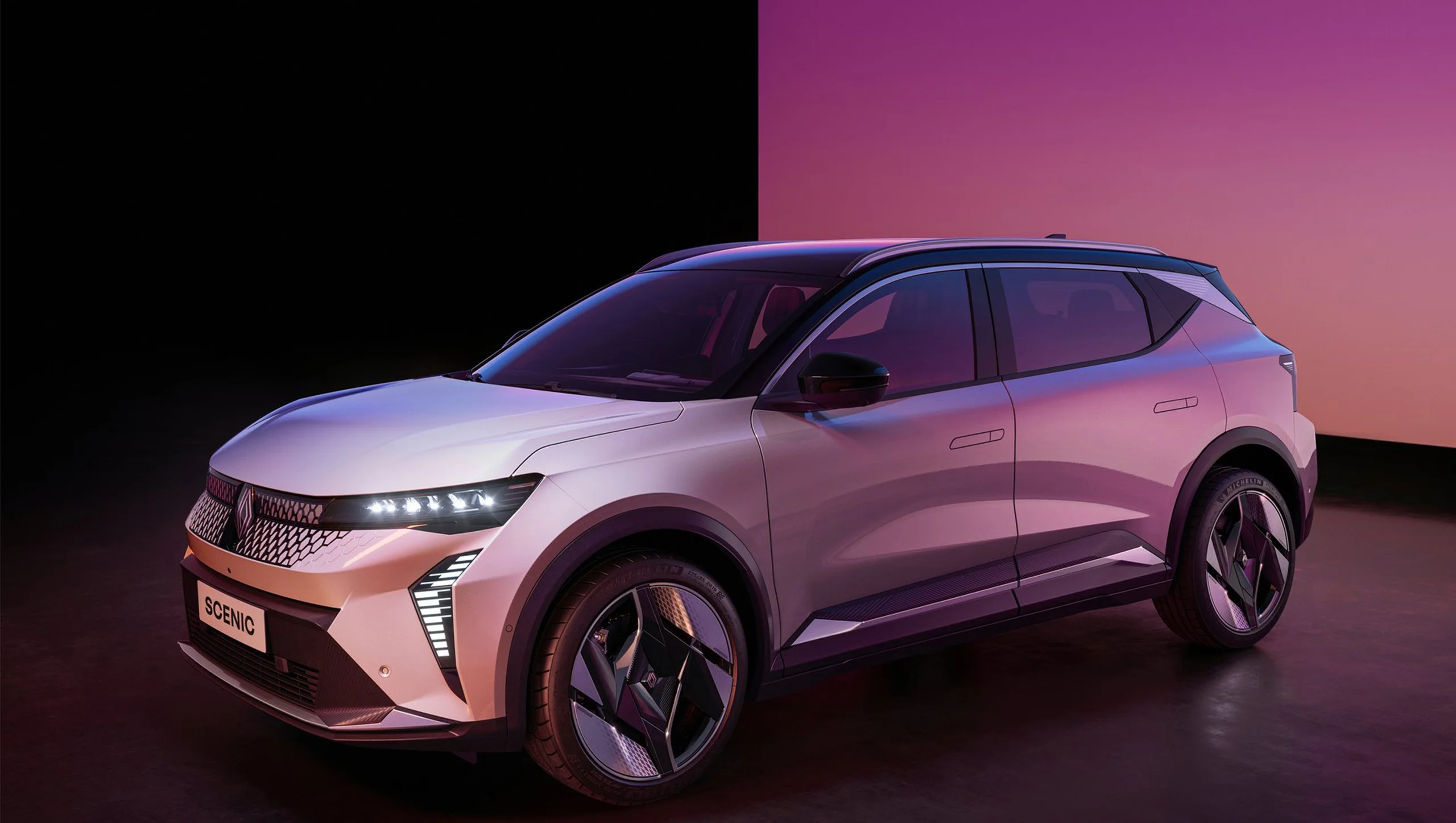
The Peugeot 3008 was another turning point. Vidal transformed the SUV into a coupé-like statement with a floating roofline and taut side surfacing, paired with a minimalist, tech-driven cabin that redefined expectations for mainstream interiors. It earned the European Car of the Year title in 2017. The 308 followed, a lesson in proportion and visual balance, with taut panels and dynamic shoulder lines that elevated Peugeot’s design language into premium territory. Later came the 508, an avant-garde fastback with frameless doors, a sleek roofline, and saber-tooth LED DRLs, blending modernity with character.
Perhaps his boldest creation was the Peugeot e-Legend Concept—a futuristic autonomous EV infused with retro nostalgia, recalling the 504 Coupé with razor-sharp lines, elegant proportions, and a fully digital interior. It symbolized Vidal’s ability to merge heritage and innovation into a coherent, forward-looking vision. Other successes included the Peugeot 2008, a compact SUV with a daring, urban aesthetic and pronounced LED claw taillights.
When Renault secured Vidal in 2020, under Luca de Meo’s leadership, the brand sought a radical break from Laurens van den Acker’s softer, rounded forms. Vidal delivered, steering Renault toward crisp edges and structured surfaces. The Scenic E-Tech offered a glimpse of this change, but it was the Renault 4 and 5 E-Tech concepts—modern, electric reinterpretations of iconic models—that confirmed the shift. These neo-retro designs were hailed as textbook examples of how to revive heritage in an EV era. Their clever proportions, simple yet charismatic surfaces, and functional modernity made them instant showstoppers and gave Renault a design identity boost.
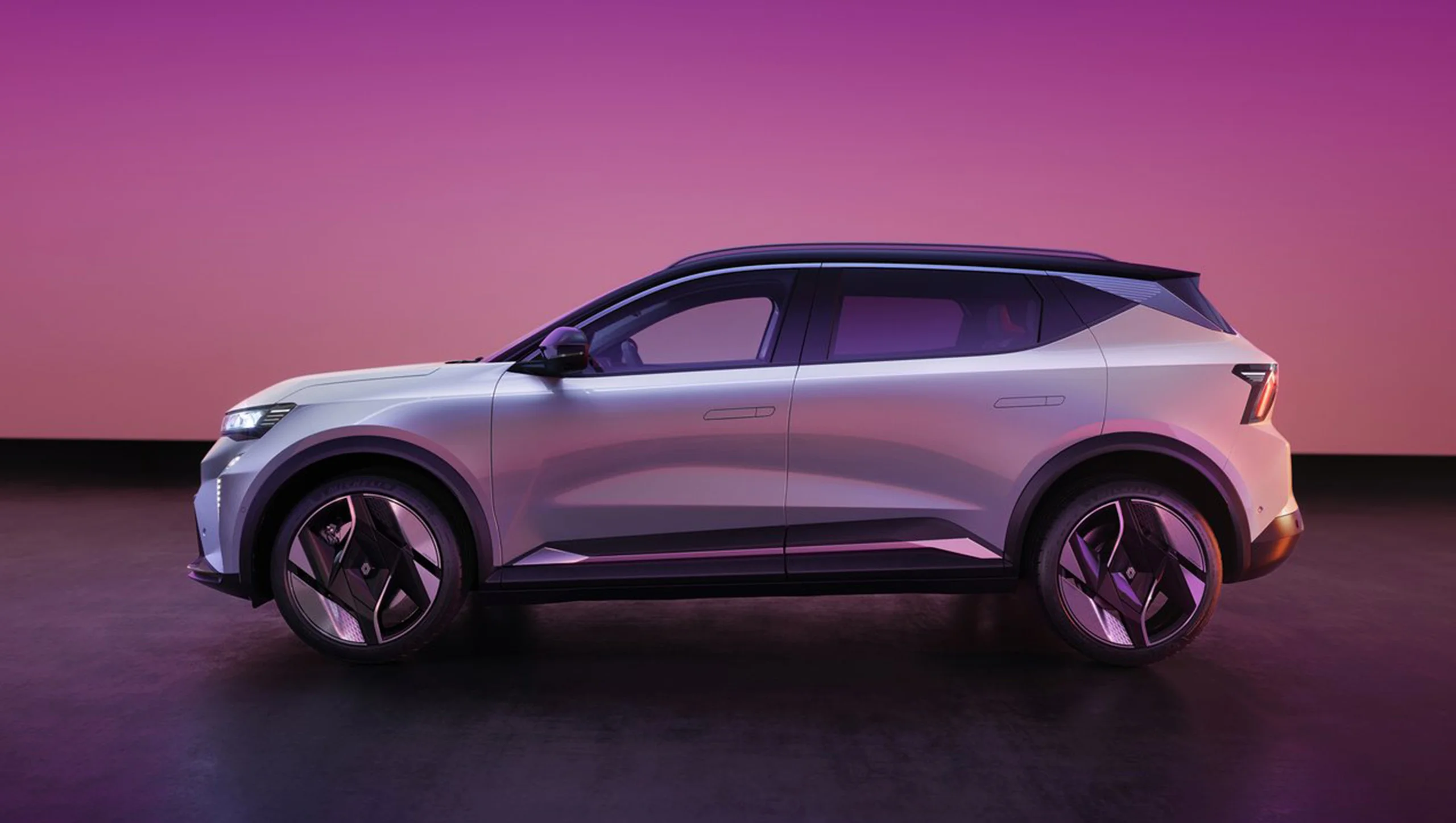
Now, Vidal’s mission at Stellantis is clear: reinforce the visual DNA of its European brands and restore momentum where it has faltered. Peugeot’s recent models, while competent, haven’t generated the same excitement as their predecessors, and Citroën’s sales have suffered amid an unclear brand positioning. DS still struggles to establish itself as a true premium alternative, and Lancia’s revival—centered on the new Ypsilon—demands sustained creative energy. There are high expectations that Vidal might bring the same bold vision he applied to Renault’s retro-inspired icons to Stellantis’ portfolio, particularly with whispers of a future Delta revival that could recapture some of the spirit of the Renault 5 E-Tech.
The challenge is enormous. Balancing brand differentiation while integrating cutting-edge technology and electrification requires more than styling—it demands cultural leadership across multiple design teams. At Stellantis, Vidal will work closely with Ralph Gilles, the group’s global design director, and report to Jean-Philippe Imparato, head of European operations. As Stellantis noted in its statement, Vidal was chosen for his “deep understanding of European automotive culture” and his ability to “strengthen the identity of the group’s brands.” His return is not just symbolic; it is strategic, signaling Stellantis’ ambition to combine design-driven desirability with a rapidly transforming mobility landscape.
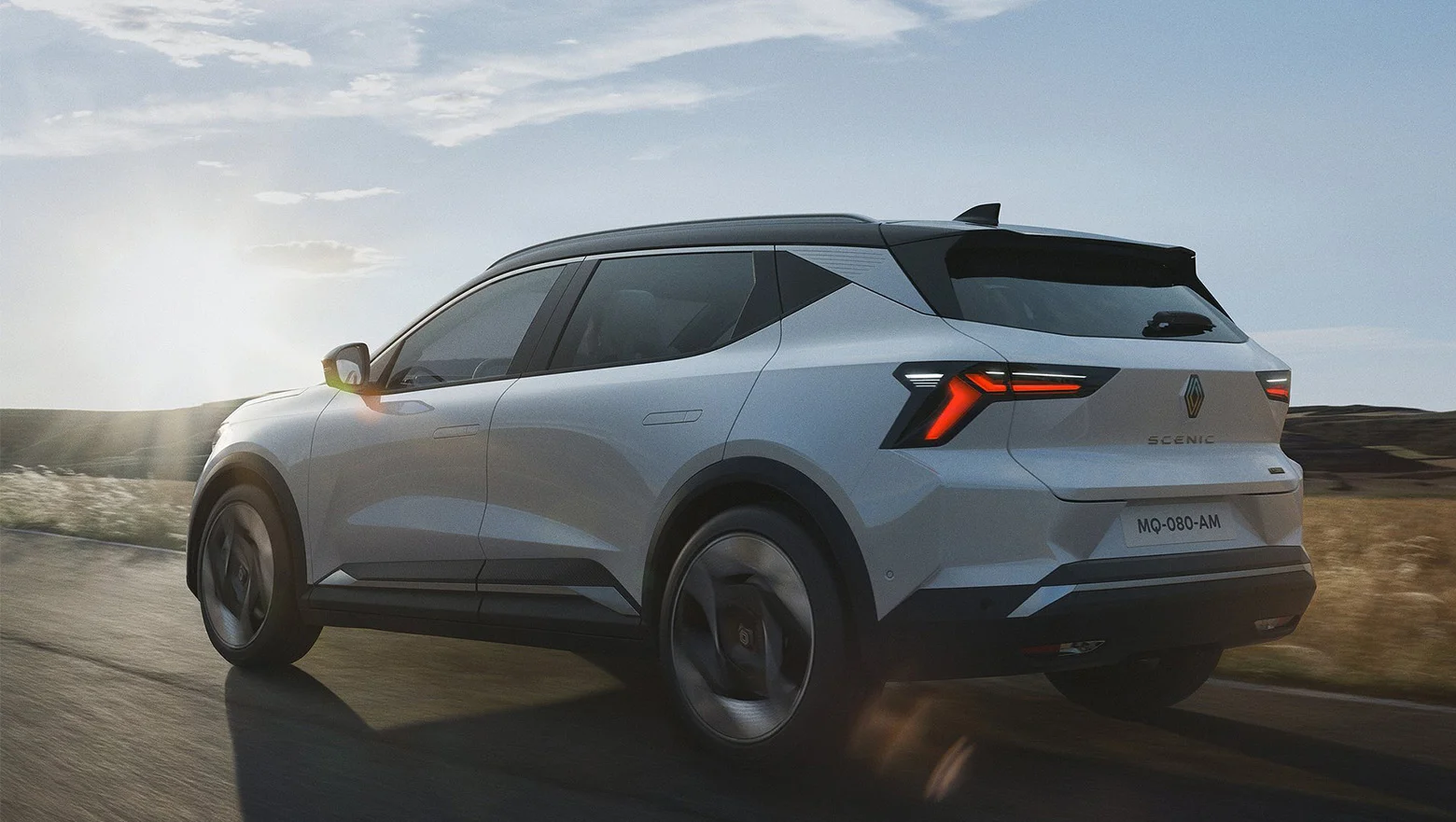
Vidal himself expressed his excitement about this new chapter:
“As I rejoin Stellantis, I am thrilled to return to my roots. In a world where technology and design should walk hand in hand to transform the customer experience, I look forward to the challenges and opportunities ahead, working closely with Jean-Philippe, Ralph, and their teams.”
With ten major design awards to his name—including five European Car of the Year titles—Gilles Vidal brings to Stellantis not just a resume of successful models but a philosophy that sees design as the ultimate bridge between innovation and emotion. His next moves will be watched closely, as the industry waits to see whether the man who reinvented Peugeot and reshaped Renault can now redefine the future of Stellantis’ European brands.
